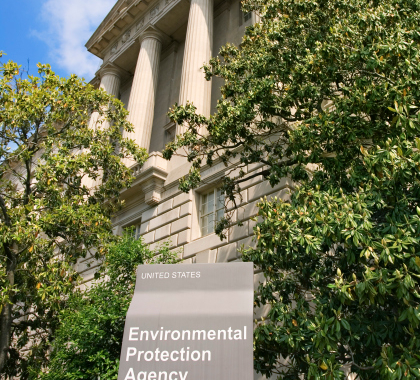by Duggan Flanakin
Heartland Institute
The Environmental Protection Agency’s (EPA) Clean Air Scientific Advisory Committee determined air quality standards for fine particulate matter are sufficiently protective of the public health and do not need to be tightened further.
The Clean Air Scientific Advisory Committee (CASAC) of the U.S. Environmental Protection Agency (EPA) determined air quality standards for fine particulate matter are sufficiently protective of the public health and do not need to be tightened further.
The committee voted four to two to advise EPA Administrator Andrew Wheeler the standards for particles no larger than 2.5 microns (PM 2.5) in the air are effective at their current level…
Claims EPA used poorly designed scientific studies to justify lowering allowable PM 2.5 standards in 2012 were fleshed out in a lawsuit filed that year by Steve Milloy, publisher of JunkScience.com and a policy advisor to The Heartland Institute, which publishes Environment & Climate News.
Milloy’s lawsuit said EPA illegally experimented on human subjects by exposing them in laboratory tests to what the agency claimed to be super-lethal doses of fine particulate matter.
“EPA admitted to the court its PM epidemiology was just mere statistics and insufficient by itself to conclude PM kills,” Milloy told Environment & Climate News. “EPA lawyers told the court that the agency undertook the human experiments because the epidemiology was inadequate.
“Despite exposing hundreds of elderly and sick people to extremely high levels of particulates, levels it had previously claimed were potentially deadly, EPA did not report a single adverse effect—not one—so the clinical experiments provided no biological evidence to support EPA’s claim of harm from PM 2.5,” Milloy said.






